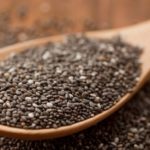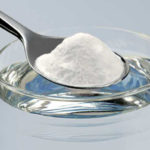Ipomoea aquatica, a member of the Water Spinach family, is a popular vegetable in Vietnam. The stem of water spinach is cylindrical and branches at the top.
The leaves grow singly from the stem, with a soft stem, long and large leaf blades, not curled. The leaves are thin with two slightly serrated edges. As the plant grows taller, the leaves become smaller and thinner.
Health benefits of water spinach
Water spinach is not only a delicious food choice but also has many health benefits. Its cooling and weight-loss properties make it an excellent choice in the summer. Particularly, there are only about 15 calories in every 100 grams of water spinach, fewer calories than tomatoes, making it a good choice for weight maintenance.
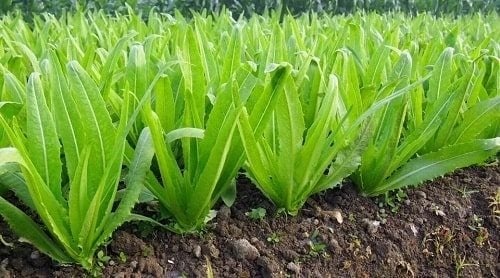
Furthermore, water spinach also protects the eyes and prevents degenerative diseases. The zeaxanthin in water spinach improves eyesight, especially in cases of macular degeneration, while also preventing cataracts. Flavonoids in water spinach play an important role in preventing lung and oral cancers.
Water spinach is a source of vitamin A and beta-carotene, providing nutrients for the skin and eyesight. Regular consumption helps maintain healthy skin and promotes the formation of mucus membranes, as well as maintaining good eyesight.
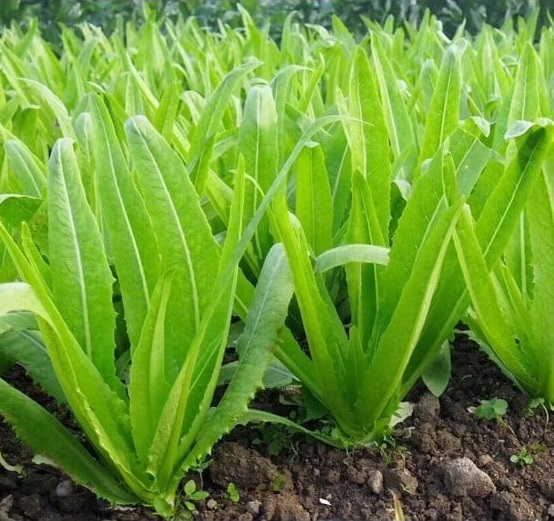
In addition, water spinach supports the reproductive process by providing folate and vitamin C. Folate helps protect the health of the fetus during pregnancy and reduces the risk of complications. Vitamin C, found in water spinach, improves the immune system and enhances the ability to resist infections.
Lastly, water spinach is a source of vitamin K, which helps enhance calcium accumulation in bones, improve bone strength, and prevent osteoporosis.
Instructions for making minced meat water spinach dish
Ingredients for delicious minced meat water spinach soup
500g water spinach
200g minced meat
2 tomatoes
Spring onions, cooking oil, salt, MSG (chicken bouillon).
How to cook delicious water spinach soup with minced meat
Step 1: Prepare the ingredients for the water spinach soup
Marinate the minced meat with 1 tablespoon of chicken bouillon for 15 minutes. Split the water spinach and remove the yellowed leaves.
Then rinse thoroughly and soak in diluted saltwater for about 10 – 15 minutes to make the vegetables cleaner. Rinse the tomatoes, cut into slices. Rinse the spring onions. Take the small sections of the scallions and stir-fry until fragrant.
Step 2: Cook the minced meat water spinach soup
Put a pan on the stove, add a little cooking oil. When the oil is hot, add the scallions (can be replaced with purple onions). Then add the minced meat and stir-fry until the meat is well seasoned. When the meat is nearly cooked, add a little salt and tomatoes. Stir well until the tomatoes are softened. Add a little water and bring to a boil, season to taste.
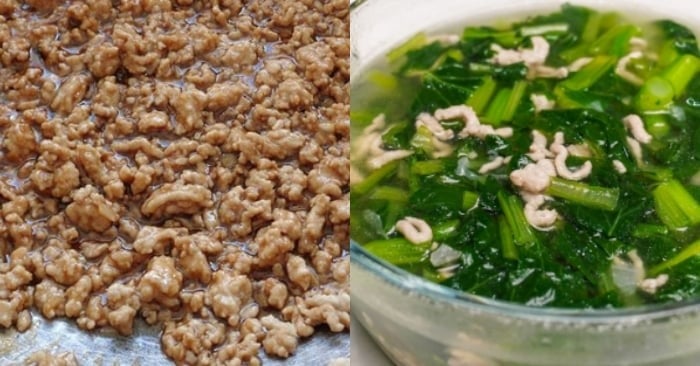
When the water starts to boil and the tomatoes are softened, add the water spinach and stir. Because the vegetable cooks quickly, you only need to wait for the soup to boil and then turn off the heat (you can add a little MSG before turning off the heat). Prepare a bowl and pour the soup in for enjoyment.
Step 3: The finished product – minced meat water spinach soup
So, with just a few simple ingredients, we can make a delicious and affordable soup for a family meal. In addition, we can also use chicken broth or bone broth to cook the water spinach soup.

























